Breaking
- MENU
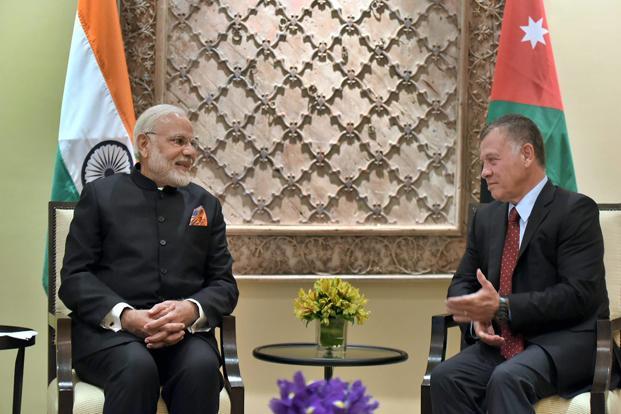
Will King Abdullah’s visit be more than the Usual?
King Abdullah of Jordan is arriving in New Delhi tomorrow after a gap of more than a decade. His first visit was in November-December 2006 when he and Queen Rania were hosted by President A P J Abdul Kalam when UPA government headed by the then Prime Minister Manmohan Singh was in power. At that time the ceremonial reception only took place on the second day of the three-day visit and was preceded by a public lecture and business dinner with groups like Confederation of Indian Industries (CII), Federation of Indian Chambers of Commerce and Industry (FICCI) and Associated Chambers of Commerce and Industry in India (ASSOCHAM). This suggested that both the countries focused more on trade relations and less on politics. Bilateral trade between the two countries at that time stood at US$494 million, that is, almost one-third of what it is today.
So much water has flown since then. Things are turning around, especially with Prime Minister Narendra Modi’s “hugplomacy” (his trademark diplomatic hugs with world leaders suggesting his keen interest in engaging with them actively) and this was visible during his de-hyphenated visit to Palestine via Amman earlier this month.
De-hyphenation with Israel vis-à-vis Palestine is possible but as Modi found out it is not possible to delink Jordan from Palestine. During his overnight stay in Jordan, King Abdullah received the Indian Prime Minister, held a brief meeting and put a military helicopter at Modi’s disposal for his three-hour visit to Ramallah for a meeting with Palestinian President Mahmoud Abbas. And now within days India is hosting King Abdullah, whose visit has been on the cards at least since late 2016.
It is necessary to recognize that Jordan is not merely a “transit point” in India’s engagements with Palestine. Jordan has a regional clout and under the BJP-led government the Kingdom has achieved a significant place in the Indian foreign policy. This week both leaders would be meeting for a third time since Modi’s election in May 2014 and they met on the sidelines of the UN General Assembly session in September 2015 and again earlier this month.
Until now, the Hashemite Kingdom rarely figured in India’s dealing with the Middle East, partially because of the meager trade (US$1.3 billion), limited cultural or people-to-people contacts owing to less number of Indian expatriates (about 10,000) and hence lesser remittances and the Israel-Palestine angle among others. This Indian coldness towards Jordan was primarily due to the Cold War mindset when the Hashemites were seen merely as an ally of the West. The Jordanian bonhomie with Pakistan only made it an unfavorable partner for India. Indeed, King Abdullah rushed from his visit to Pakistan to receive Prime Minister Modi. With changes in international dynamics and economic progress, Pakistan assumes lesser importance in India’s engagements with the Middle East, including Jordan.
Since 1947 there were political engagements between the two. King Hussein, Abdullah’s father, visited India in 1963, 1983 and 1986. Queen Noor visited twice in 1997 (September and November) and Abdullah’s wife Queen Rania visited India on her on own in March 2006 and accompanied the King in 2006. From the Indian side, the first head of state visit took place only in October 2015 when the President Pranab Mukherjee undertook a three-state visit to Jordan, Palestine and Israel. In 1988 Rajiv Gandhi became the first Indian Prime Minister to visit the Kingdom and it took nearly three decades for another Prime Ministerial visit to Jordan this February when Prime Minister Modi stopped over in Amman before visiting Palestine. Modi’s Jordan visit was not flagged prominently in the original itinerary but officials began highlighting Modi-Abdullah discussions only after media criticisms.
Furthermore, in recent months there were visits by Chief of Royal Court and Foreign Minister indicating that both the countries are seeking closer and tangible bilateral engagement. The eagerness seems more on the Jordanian side owing to India’s growing regional clout. India is Jordan’s third largest export destination after the US and Saudi Arabia with US$878 million worth. However, the bilateral trade had seen a significant decline since 2014 when it stood at more than US$2.2 billion, dropped to US$1.35 billion in 2016-17. Indian imports from Jordan also dropped from US$853 million in 2015-16 to US$828 million in 2016-17 and at present Indian export to Jordan increased marginally and stands at US$522 million.
Though trade is important, the King’s visit will focus on political, security and counter-terrorism cooperation. Foreign Minister’s visit in December took place days after India’s vote in the UNGA on President Donald Trump’s controversial decision on Jerusalem. King Abdullah’s visit comes days after Modi’s stopover in Amman. King Abdullah is the legal custodian of Al-Aqsa mosque and his country hosts a sizeable number of Palestinians and hence the Jerusalem Question is integral to Jordan's foreign and domestic policies. It has been suggested that King Abdullah will address the challenges of countering radicalization, especially among youth when meeting the Indian leaders.
The King already described his February meeting with Prime Minister Modi as "the beginning of a new chapter". India’s ability to be a peace-maker in the Israel-Palestine conflict cannot be accomplished without a strong engagement with Jordan. Both countries having a military attaché in each other would be a small but significant major step if they were to work more closely in fighting terrorism. Are King Abdullah and Prime Minister Modi ready to go beyond pleasantries, media hugs and vague MoUs?
___________________________________________________________________________________________________
As part of its editorial policy, the MEI@ND standardizes spelling and date formats to make the text uniformly accessible and stylistically consistent. The views expressed here are those of the author and do not necessarily reflect the views/positions of the MEI@ND. Editor, MEI@ND: P R Kumaraswamy
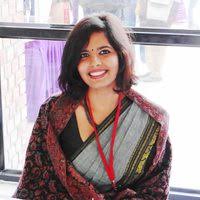
Manjari Singh is an Associate Fellow at Centre for Land Warfare Studies (CLAWS) and has obtained her doctorate from Jawaharlal Nehru University, New Delhi for her thesis on Sustainable Development in Jordan: A Study of Social, Economic and Environmental Dimensions. She is a SYLFF Fellow and specializes in sustainable development and the Middle East. Her research papers have appeared in international journals such as Migration and Development, Contemporary Review of the Middle East and Mediterranean Quarterly. She has co-authored Persian Gulf 2018: India’s Relations with the Region (Singapore: Palgrave Macmillan) and has co-edited Islamic Movements in the Middle East: Ideologies, Practices and Political Participation (New Delhi: Knowledge World) and National Security Challenges: Young Scholars’ Perspective (New Delhi: CLAWS/Pentagon Press). She prepared India Watch (June 2012-July 2015) for MEI. She also served as Assistant Editor of Contemporary Review of the Middle East (Sage Publications) and Managing Editor of CLAWS Journal (KW Publishers). She is in-charge of CLAWS flagship event, Field Marshal Manekshaw Essay Competition, a pan-India University level competition.
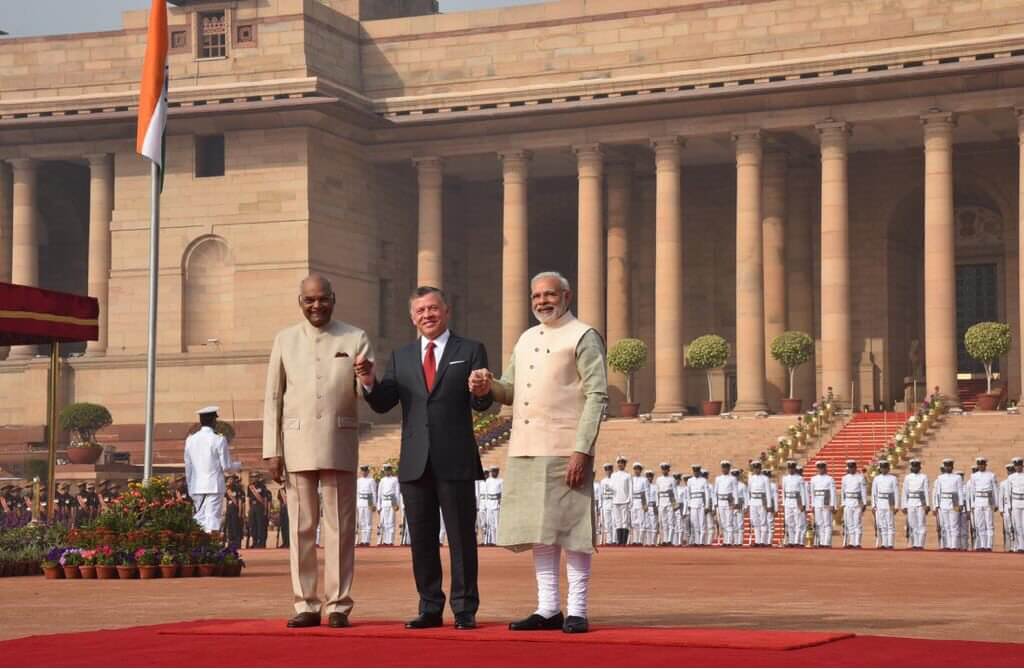
During the three-day visit of King Abdullah II of Jordan to India at the end of February, both the s.....
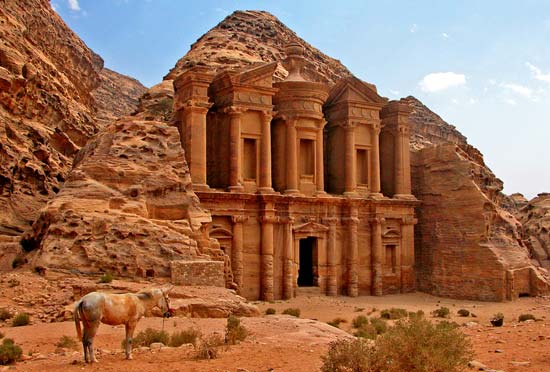
During his visit in the last week of December 2017, Jordanian Foreign Minister Ayman Al Safadi flagg.....

During the three-day visit of King Abdullah II of Jordan to India at the end of February, both the sides discu.....

During his visit in the last week of December 2017, Jordanian Foreign Minister Ayman Al Safadi flagged the pos.....

In their eagerness to focus on and flag the de-hyphenation of the traditional Israel-Palestinian binary, most .....
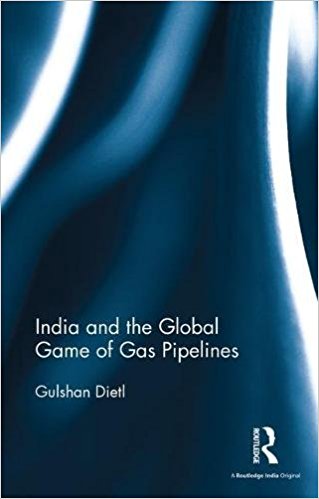
Gulshan Dietl, India and the Global Game of Gas Pipelines, (New York and London, Routledge, 2017), P.....
